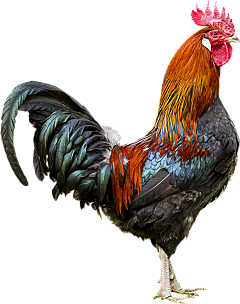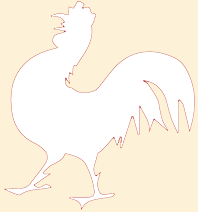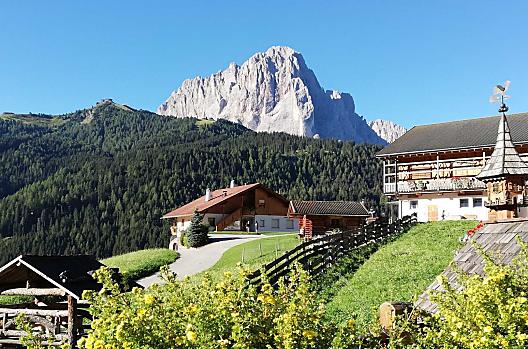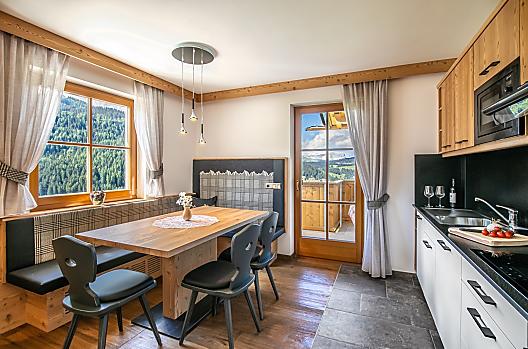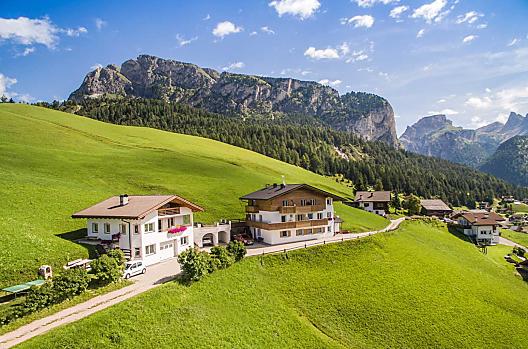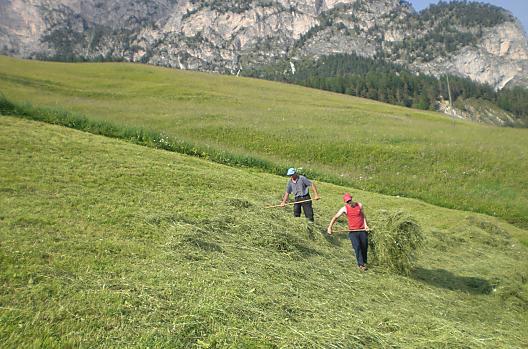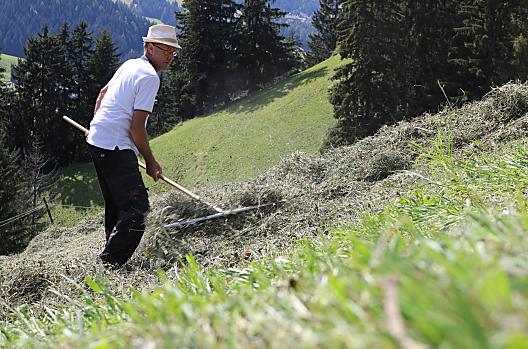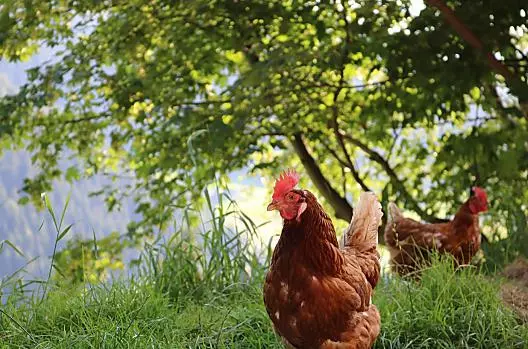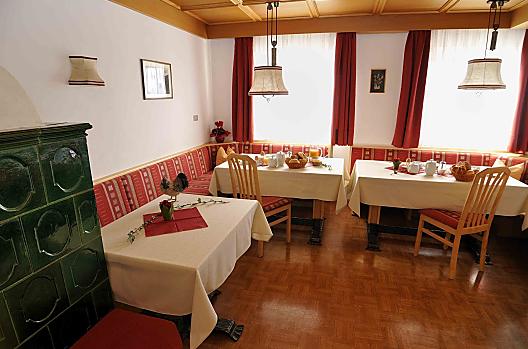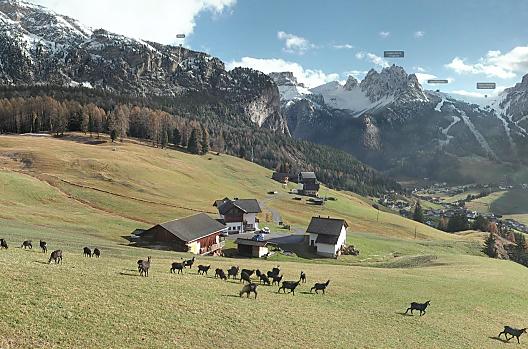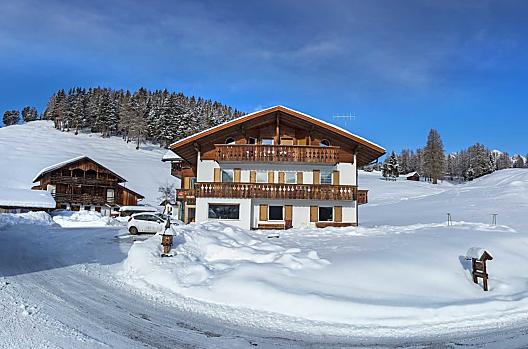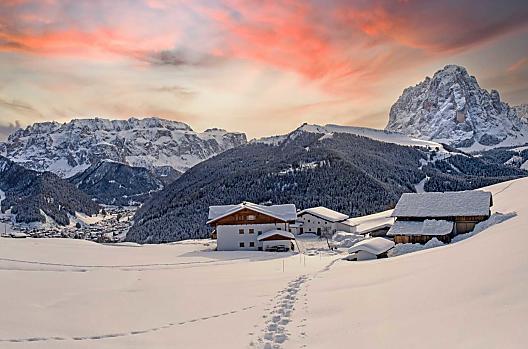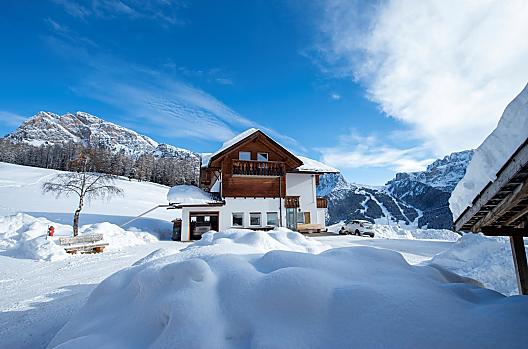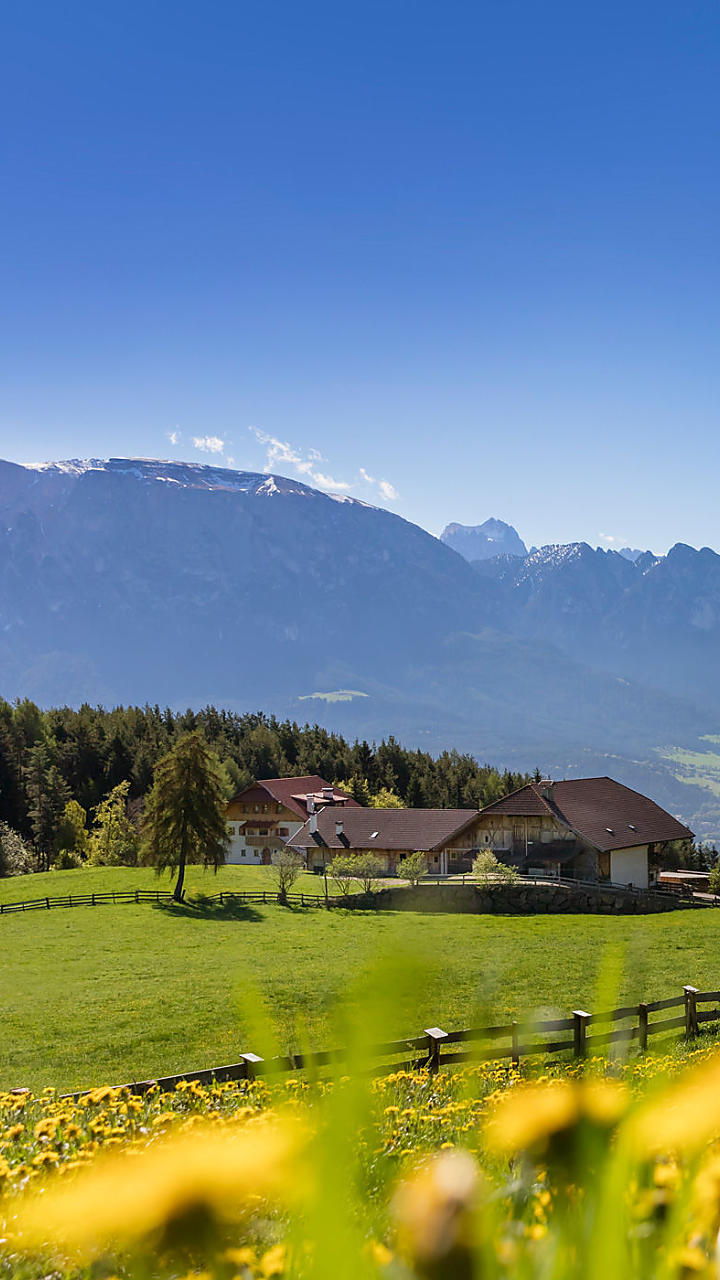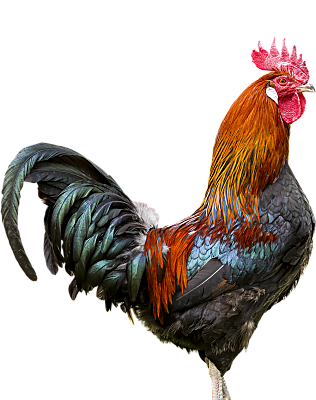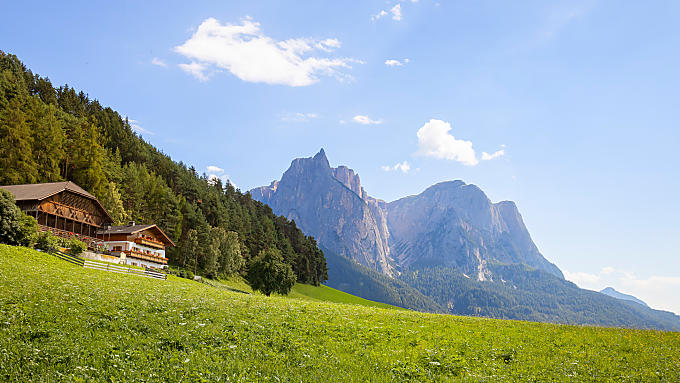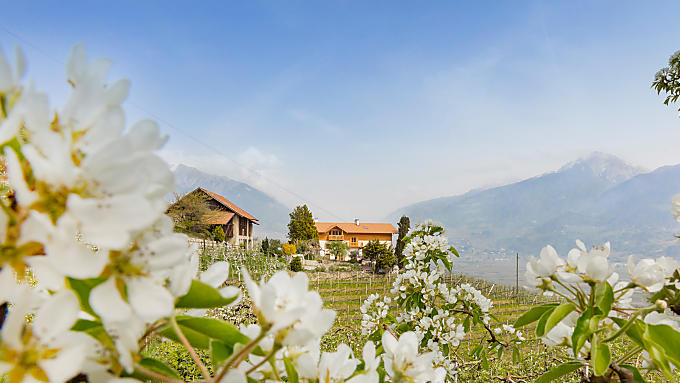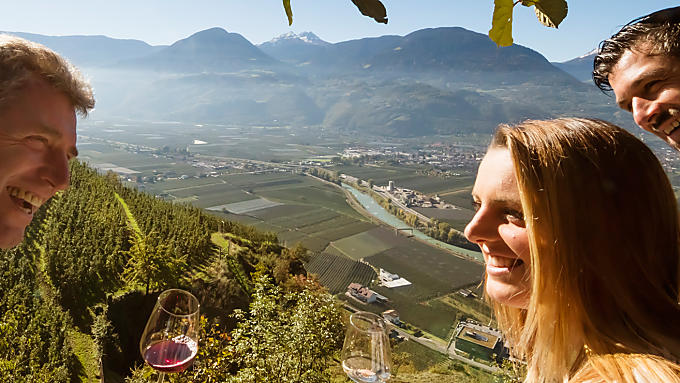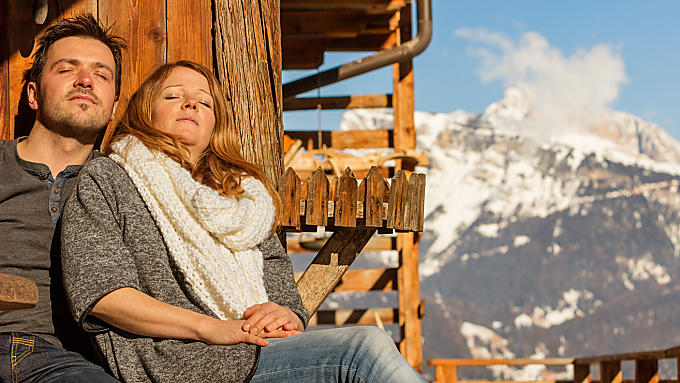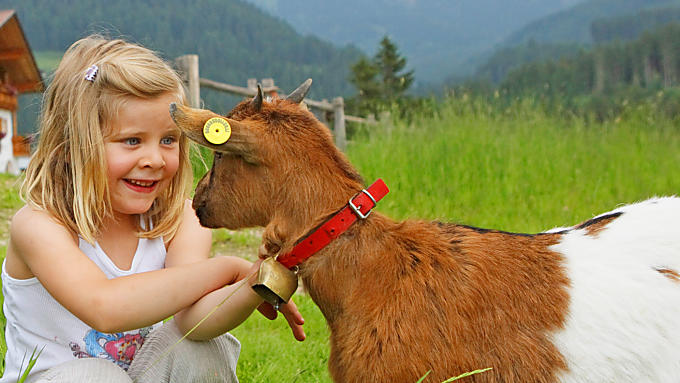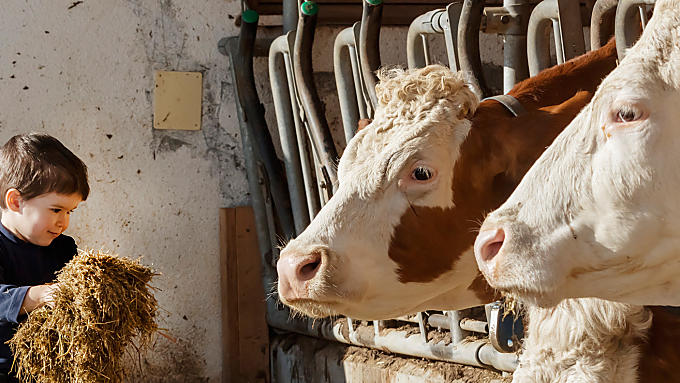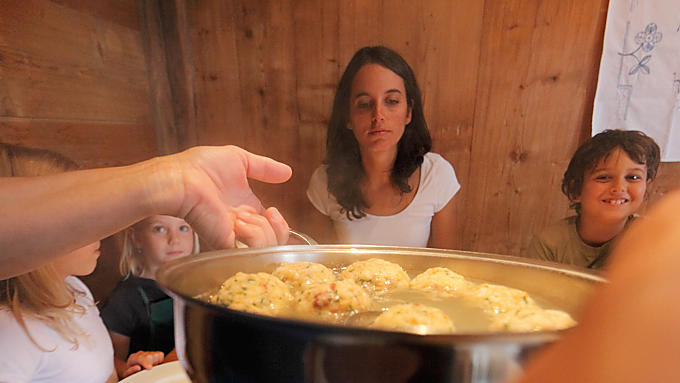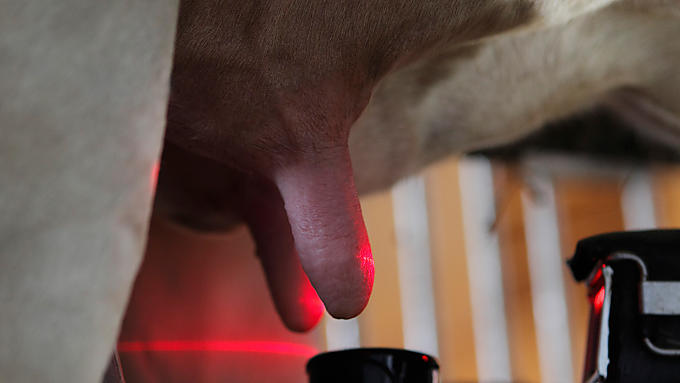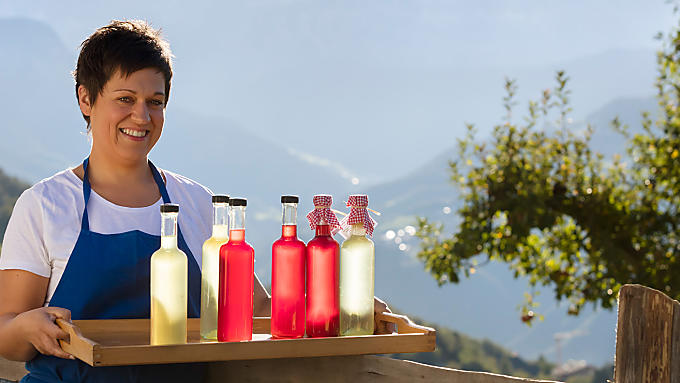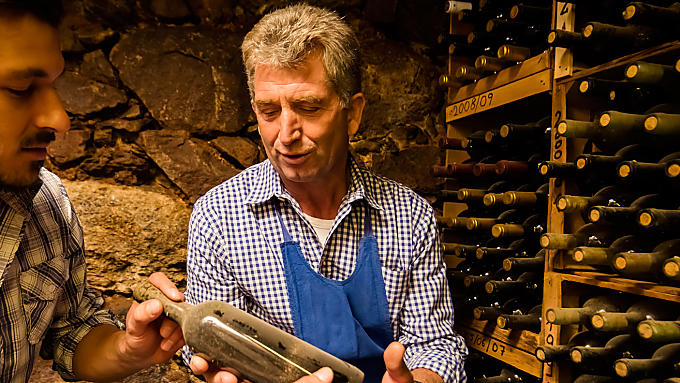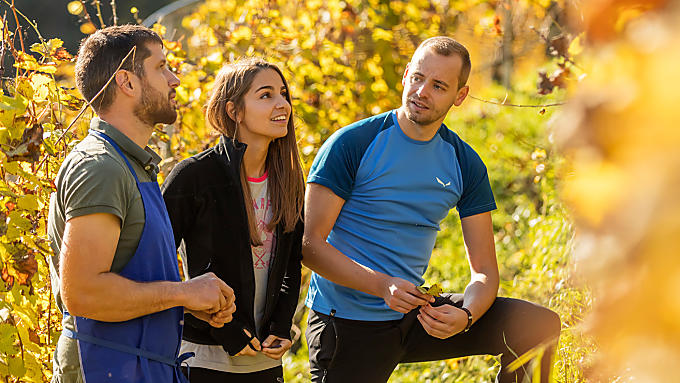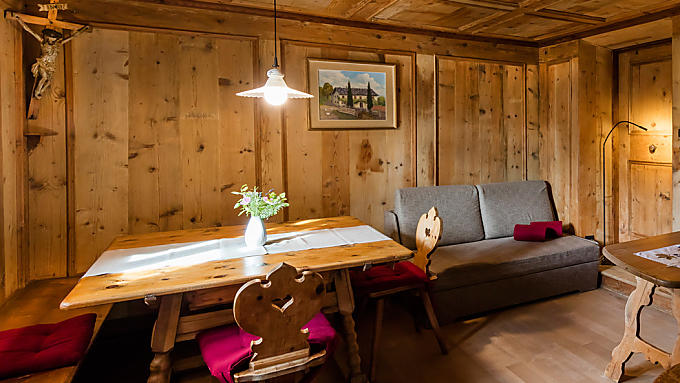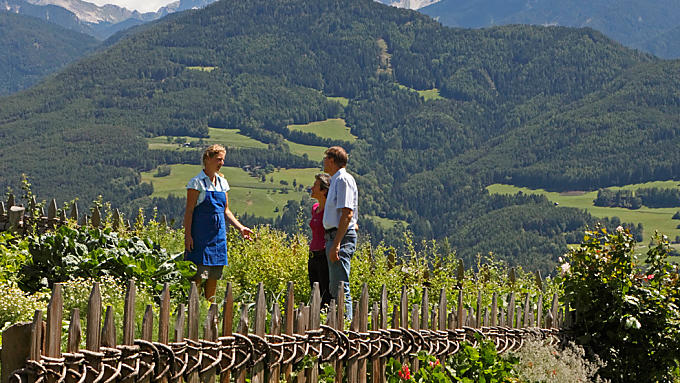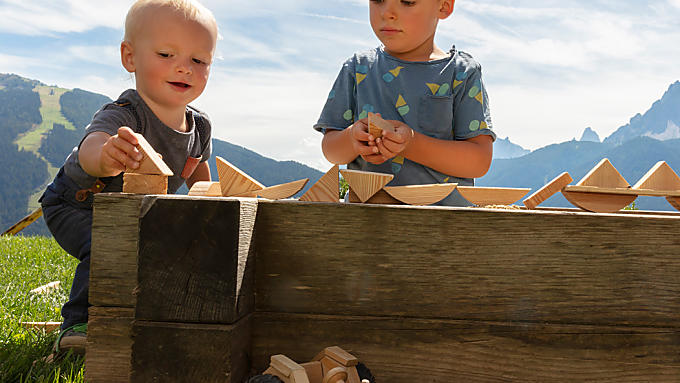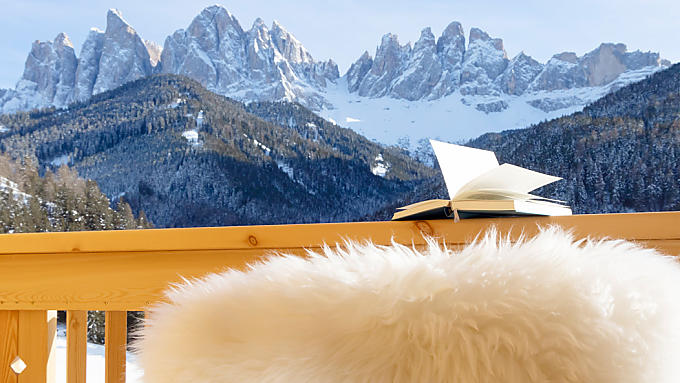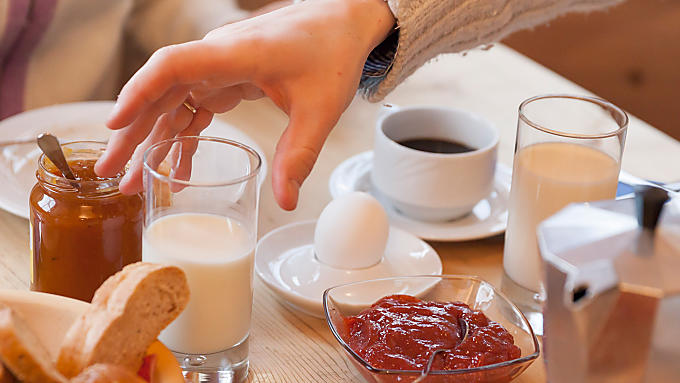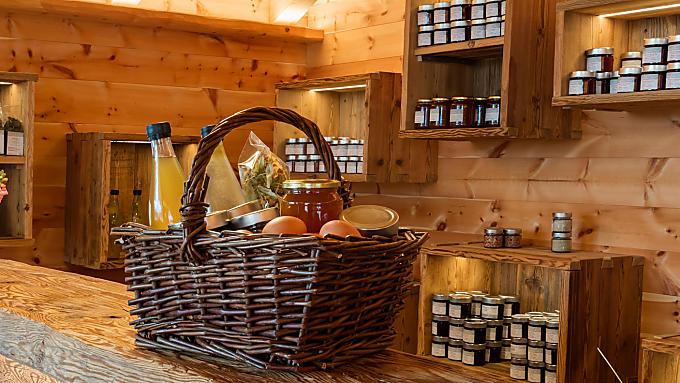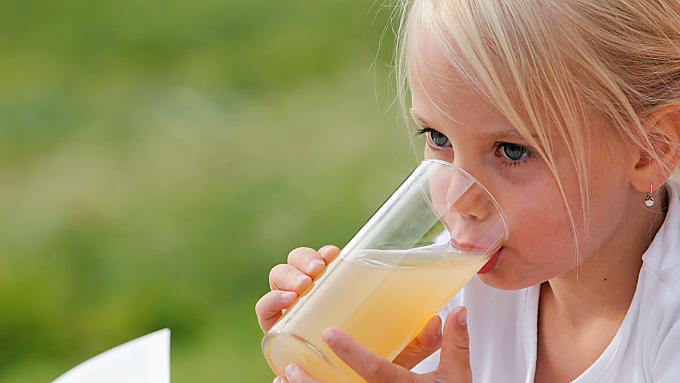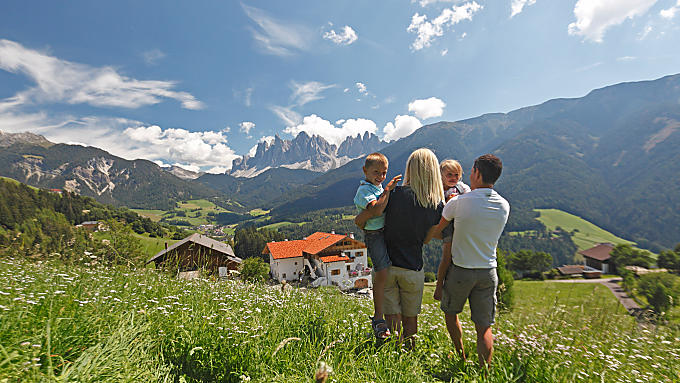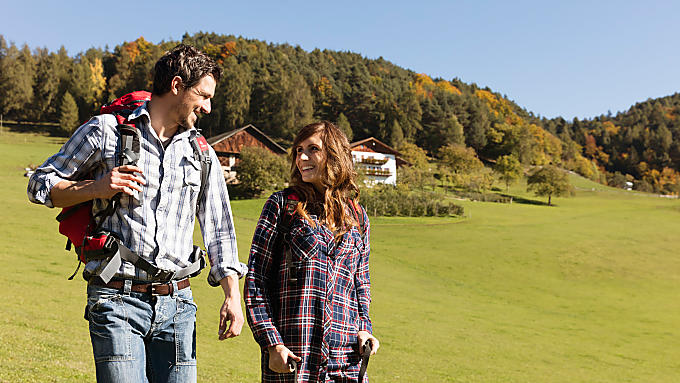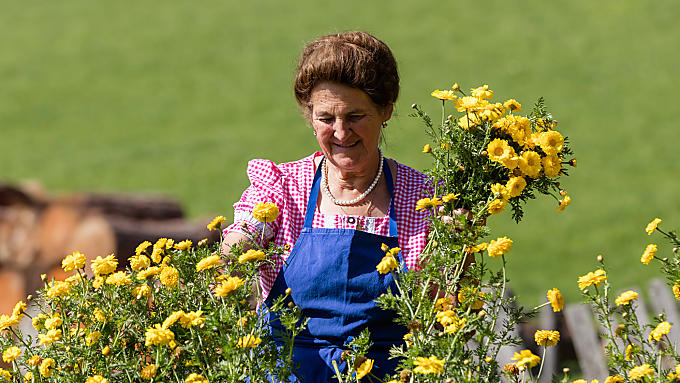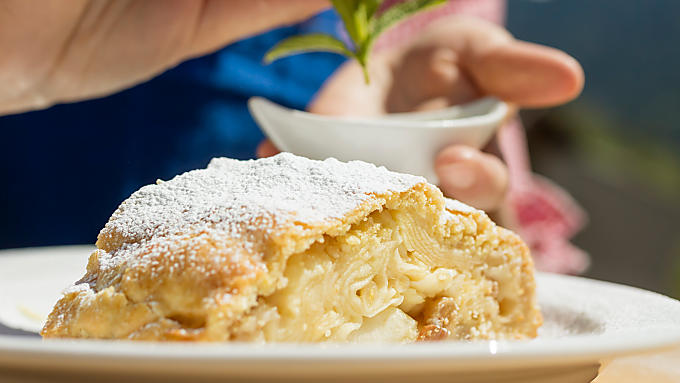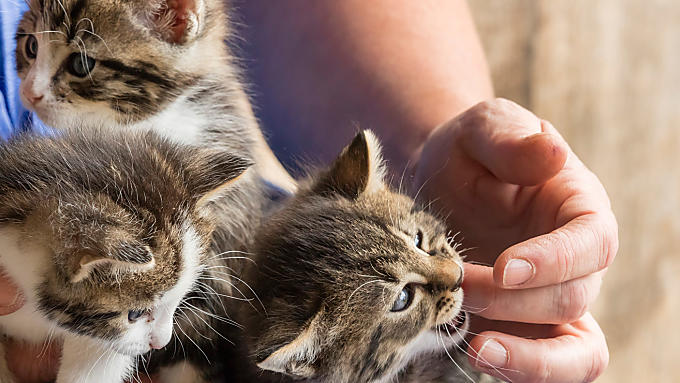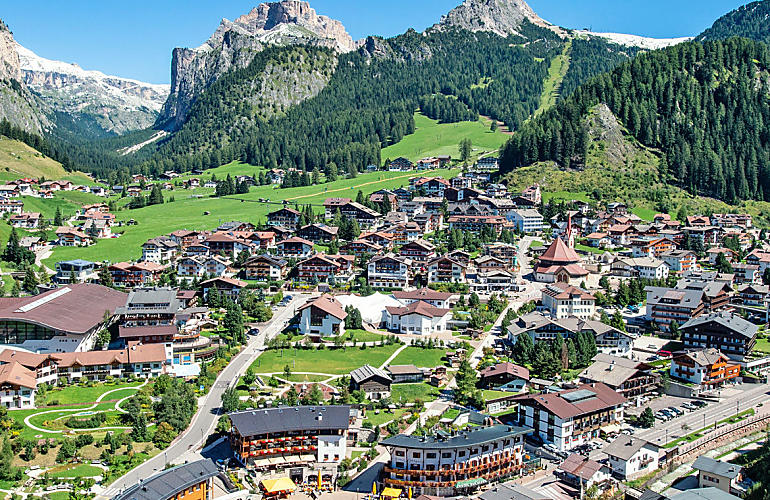
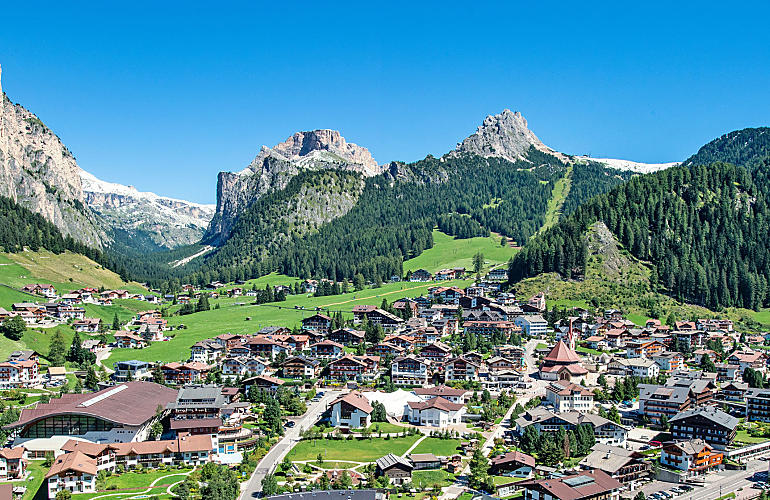
Panorama deluxe
Holiday location
Farm Holidays in Wolkenstein
On a Farm Holiday in Wolkenstein, you can ski to views of the Dolomites and visit Oswald von Wolkenstein.
The village of Wolkenstein lies in deepest Grödner Tal valley beneath the imposing Sella massif. The ruins of Wolkenstein gave the village its name. If you love ruins, you'll love Wolkenstein: the ruins with their triangular layout crouch under a rocky outcrop and are a good example of a former cave castle that made use of a natural rocky roof.
On a Farm Holiday in Wolkenstein, you can ski to views of the Dolomites and visit Oswald von Wolkenstein.
The village of Wolkenstein lies in deepest Grödner Tal valley beneath the imposing Sella massif. The ruins of Wolkenstein gave the village its name. If you love ruins, you'll love Wolkenstein: the ruins with their triangular layout crouch under a rocky outcrop and are a good example of a former cave castle that made use of a natural rocky roof.
Nowadays, only the wall towards the valley remains, which is difficult to make out form the village of Wolkenstein – so well is it camouflaged. The Tyrolean noble family, Wolkenstein-Trostburg, had Burg Wolkenstein as its seat. The famous medieval singer and poet, Oswald von Wolkenstein, came from this family, even if he was neither born nor lived here. He resided at Burg Hauenstein near Kastelruth, which is also worth a day trip.
Amidst nature
The path to the ruins of Wolkenstein Castle is just one of the many hiking options in the Dolomites. Wolkenstein lies at the end of Gröden valley and is encircled by the high society of the Dolomites: in the north there is the Puez group, in the east are the Cir-Spitzen peaks, in the south the Sellastock massif and in the south-west the Langkofel group of mountains. You'll be spoilt for choice here: where to go first? Climbers will find enough routes to keep them busy for several weeks on a Farm Holiday in Wolkenstein. At the start of Langental valley there is a small climbing garden with well-secured routes that beginners can practise on. If you feel like a challenge that does not involve a void above and beneath you, you can do one of the many 'via ferrata' routes in Wolkenstein. With the right equipment specifically for doing these routes, this combination of hiking and climbing makes for a great experience.
Weaving down the pistes
You can't go wrong booking a holiday flat or room in Wolkenstein in winter. Wolkenstein is one of the access points to the Sellaronda, which lets you ski or snowboard around the Sella massif. Nifty skiers will need two hours to do it, but it's worth taking a whole day and starting early in the morning to really appreciate this creme-de-la-creme of the network of ski slopes in the Dolomites. As the massif may be encircled, there are plenty of chances to enjoy the changing landscape and stop off at a chalet for a leisurely lunch.
Bowling, pool and riding
Rainy days don't mean boredom on a Farm Holiday in Wolkenstein, as there are plenty of other excellent ways to get moving. There are pool tables and a bowling alley as well as tennis courts and a shooting range. Some riding schools hold riding courses.
Nowadays, only the wall towards the valley remains, which is difficult to make out form the village of Wolkenstein – so well is it camouflaged. The Tyrolean noble family, Wolkenstein-Trostburg, had Burg Wolkenstein as its seat. The famous medieval singer and poet, Oswald von Wolkenstein, came from this family, even if he was neither born nor lived here. He resided at Burg Hauenstein near Kastelruth, which is also worth a day trip.
Amidst nature
The path to the ruins of Wolkenstein Castle is just one of the many hiking options in the Dolomites. Wolkenstein lies at the end of Gröden valley and is encircled by the high society of the Dolomites: in the north there is the Puez group, in the east are the Cir-Spitzen peaks, in the south the Sellastock massif and in the south-west the Langkofel group of mountains. You'll be spoilt for choice here: where to go first? Climbers will find enough routes to keep them busy for several weeks on a Farm Holiday in Wolkenstein. At the start of Langental valley there is a small climbing garden with well-secured routes that beginners can practise on. If you feel like a challenge that does not involve a void above and beneath you, you can do one of the many 'via ferrata' routes in Wolkenstein. With the right equipment specifically for doing these routes, this combination of hiking and climbing makes for a great experience.
Weaving down the pistes
You can't go wrong booking a holiday flat or room in Wolkenstein in winter. Wolkenstein is one of the access points to the Sellaronda, which lets you ski or snowboard around the Sella massif. Nifty skiers will need two hours to do it, but it's worth taking a whole day and starting early in the morning to really appreciate this creme-de-la-creme of the network of ski slopes in the Dolomites. As the massif may be encircled, there are plenty of chances to enjoy the changing landscape and stop off at a chalet for a leisurely lunch.
Bowling, pool and riding
Rainy days don't mean boredom on a Farm Holiday in Wolkenstein, as there are plenty of other excellent ways to get moving. There are pool tables and a bowling alley as well as tennis courts and a shooting range. Some riding schools hold riding courses.
Farm search
Holiday farms in Wolkenstein
3 reasons
A holiday in Wolkenstein
Langental hiking paradise
in the Puez mountains
Historical cable car to
Langkofelscharte saddle
Eagle's nest on rocks:
Wolkenstein ruined castle
Where they still pray for the harvest
The parish church of Maria Hilf and the Silvester Chapel are worth a visit. Maria Hilf Church is in the centre of the village and can look back on an eventful history.
The parish church of Maria Hilf and the Silvester Chapel are worth a visit. Maria Hilf Church is in the centre of the village and can look back on an eventful history.
It has its origins in a chapel that was built in 1503. In order to made space for the increasing flow of pilgrims, it was repeatedly extended. The church tower still comes from 1678, yet the main nave was newly built in 1988. Still today, the church houses the chancel of the former church with its image of the Madonna with Child. Slightly remote on the other hand, at the start of Langental valley, is the Silvester Chapel. This may be reached from the nearby car park in a few minutes. Its patron saint is St. Silvester, the patron saint of cattle, and farmers used to pray for a good harvest there. The chapel was restored in 1933 and 300-year-old frescoes depicting the life of Christ were discovered there.

